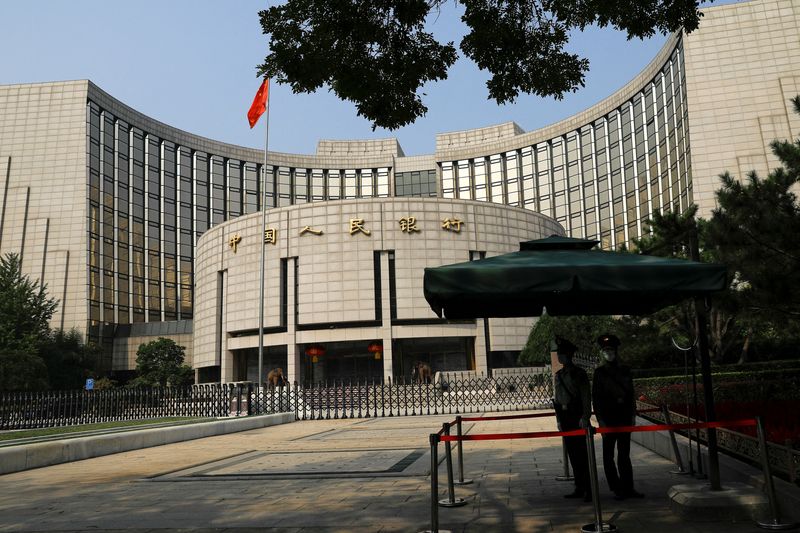China widely expected to keep lending benchmark LPRs unchanged in Aug: Reuters poll
2024.08.19 15:05
SHANGHAI (Reuters) – China is expected to leave benchmark lending rates unchanged on Tuesday, a Reuters poll showed, after policymakers surprised global markets by trimming a string of key interest rates in July.
Shrinking interest margins at lenders remain the key constraint discouraging commercial banks from further lowering the lending benchmarks, market watchers said, even though the general consensus is that the world’s second largest economy needs more stimulus to bolster a fragile recovery.
The loan prime rate (LPR), normally charged to banks’ best clients, is calculated each month after 20 designated commercial banks submit proposed rates to the People’s Bank of China (PBOC).
In a Reuters survey of 37 market watchers conducted this week, all respondents expected both the one-year and five-year LPRs to stay unchanged.
China surprised markets by cutting major short and long-term interest rates in July, its first such broad move in almost a year, signalling policymakers’ intent to strengthen economic growth.
Both one-year and five-year LPRs were lowered by 10 basis points in July to 3.35% and 3.85%, respectively.
“China is tipped to keep its one- and five-year LPR static tomorrow after the surprise cuts last month,” analysts at OCBC Bank said in a note.
Official data showed that commercial banks’ net interest margins (NIMs) – a key gauge of profitability – fell to a record low of 1.54% at the end of March this year.
China’s bank lending also tumbled more than expected last month, hitting the lowest in nearly 15 years, dragged down by tepid credit demand and seasonal factors and raising expectations that the central bank may deliver more easing steps.
Separately, traders and analysts said the sequence of the cuts last month showed the PBOC’s monetary framework had changed, shifting the short-term rate to being the main signal guiding markets.
The LPRs used to be loosely pegged off the PBOC’s one-year medium-term lending facility (MLF) and market participants typically saw changes in the MLF rate as a precursor to changes in the lending benchmark gauge.

“The PBOC is moving faster than expected to a new monetary policy framework, with a greater focus on the seven-day reverse repo rate,” said Carlos Casanova, senior economist for Asia at UBP.
“This is a bid to improve transmission of rate cuts by focusing on money market rates and liquidity and is not expected to alter the projected path of another rate cut in the fourth quarter of 2024.”








